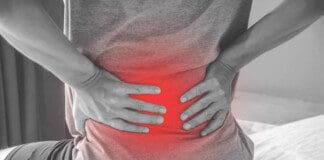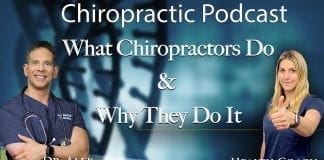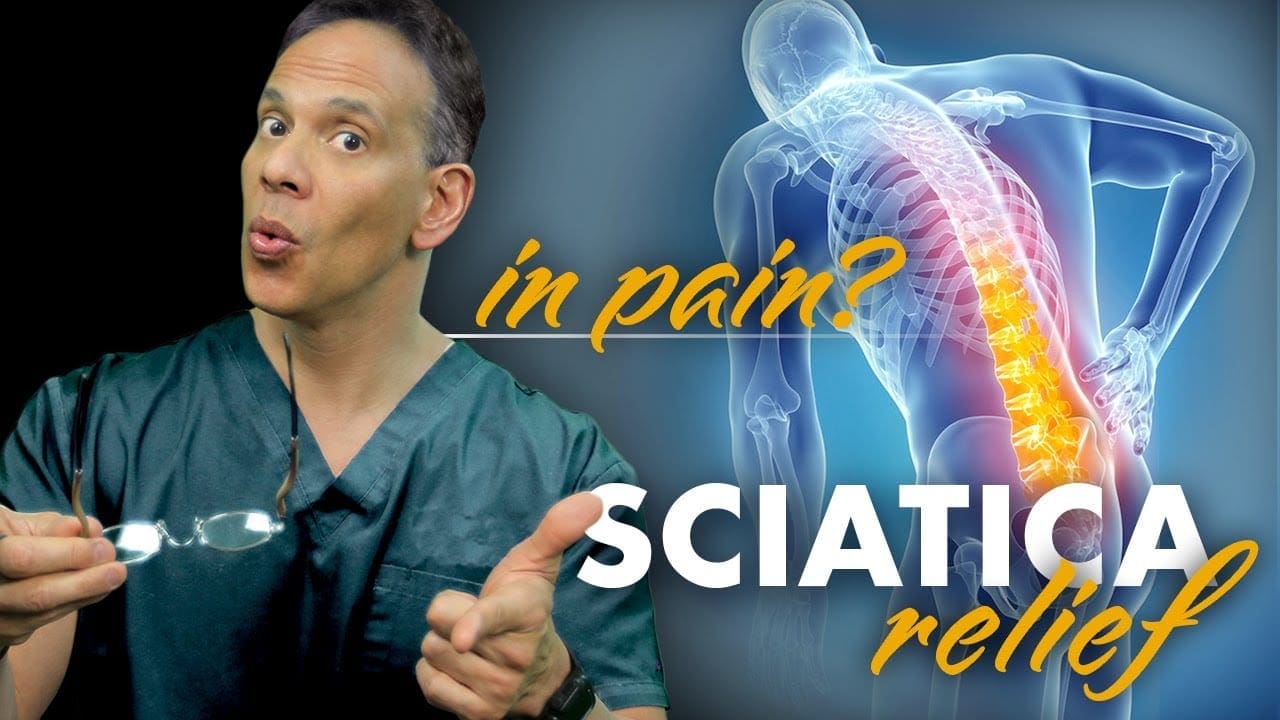Table of Contents
Introduction
The lumbar region of the spine has various muscles and nerve roots that work together with the lower body extremities, like the hips, buttocks, legs, knees, and feet, for mobility and walking function. The various muscles in the buttock region include the gluteal muscles. They have a casual relationship with the hip muscles as they work together for hip mobility and erect good posture in the body. These various muscles and nerves also supply sensory-motor function for the legs to be mobile and provide hip mobility. The piriformis is one of the muscles assisting in the hips and buttock region. When this muscle becomes overused, it can cause mobility issues in the legs and affect a person’s ability to walk. Today’s article looks at the piriformis muscle, how trigger points are associated with piriformis syndrome, and how to manage piriformis syndrome associated with trigger points. We refer patients to certified providers who incorporate multiple methods in the lower body extremities, like sciatic pain and piriformis syndrome treatments related to trigger points, to aid individuals dealing with pain symptoms along the piriformis muscle. We encourage and appreciate patients by referring them to associated medical providers based on their diagnosis, especially when it is appropriate. We understand that education is an excellent solution to asking our providers complex questions at the patient’s request. Dr. Jimenez, D.C., utilizes this information as an educational service only. Disclaimer
What Is The Piriformis Muscle?
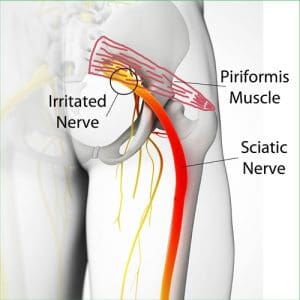
Have you been having issues walking from one place to another? Do you feel muscle tightness in your hips or buttock region? Or are you experiencing radiating pain traveling to your knees and feet? These pain symptoms are correlated with trigger points affecting the piriformis muscle. The piriformis is a flat, pear-shaped muscle, one of the six short rotator muscle groups in the gluteal region of the hips and thighs. The rotator muscle groups consist of the following:
- Gemelli
- Quadratus Femoris
- Obturator Internus
- Obturator Externus
This muscle is parallel to the posterior margins of the gluteus medius and deep into the gluteus maximus. This muscle is very important to the body as it provides lower-body movement by stabilizing the hip joint and can lift and rotate the thighs away from the body. The piriformis muscle also surrounds the sciatic nerve, as this long nerve runs deep beneath the piriformis and enters the gluteal region of the rear. When the piriformis muscle becomes overused or suffers from associated traumatic factors, it can aggravate the sciatic nerve and even develop tiny nodules known as trigger points, causing mobility issues.
Trigger Points Associated With Piriformis Syndrome
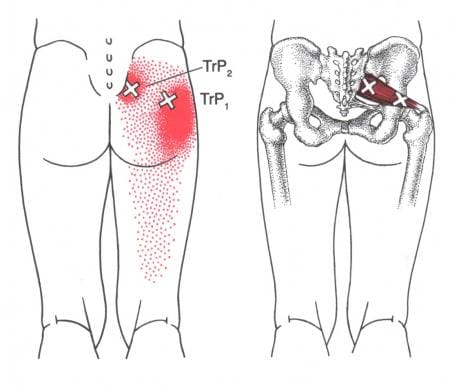
When abnormal factors affect the piriformis muscles, they can develop into trigger points associated with piriformis syndrome and cause issues in the pelvic and hip regions of the body. According to Dr. Janet G. Travell, M.D., “Myofascial Pain and Dysfunction,” trigger points can be activated when repetitive strain affects the piriformis muscle and causes symptoms of muscle weakness and pain in the hips. This causes overlapping issues in the surrounding muscles and the sciatic nerve, making diagnosing tricky for trigger points. Studies reveal that trigger points associated with piriformis syndrome may potentially cause muscle spasms or an inflammatory process to irritate the sciatic nerve that may be presented as identical to lumbar disk syndrome without neurological findings. Trigger points associated with piriformis syndrome may mimic chronic issues like fibromyalgia. Even though trigger points are tricky to pinpoint in a thorough examination, there are various ways to reduce the pain and prevent trigger points from affecting the piriformis muscle causing sciatic nerve pain.
Trigger Point Of The Week: Piriformis Muscle- Video

Have you been dealing with sciatic nerve pain? Have you found it difficult to walk for a short period? Or are you dealing with muscle tenderness or soreness in your buttock or hips? People experiencing these symptoms could be dealing with piriformis syndrome associated with trigger points. The piriformis is a small, fan-shaped muscle, one of the six short rotator muscle groups that help with hip and thigh mobility through stabilization. The piriformis muscles also surround the sciatic nerve and can succumb to injuries. When traumatic forces affect the hips and thighs, the piriformis muscle develops nodules known as trigger points, causing the muscle to irritate the sciatic nerve and cause pain in the legs. The video above shows where the piriformis muscle is located and how trigger points can mimic sciatic nerve pain in the leg without neurological findings. Studies reveal that trigger points could be a rare anatomical variation that can correlate with piriformis syndrome associated with sciatica. However, there is some good news, as there are ways to manage piriformis syndrome associated with trigger points.
Managing Piriformis Syndrome Associated With Trigger Points
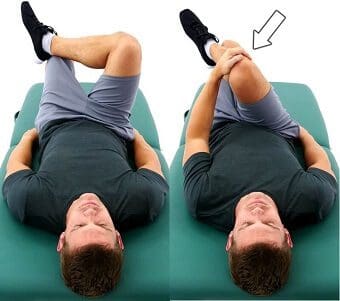
Various techniques can help manage piriformis syndrome associated with trigger points to relieve the piriformis muscle. Studies reveal that Kinesio tape on the piriformis muscle can help reduce pain and improve many individuals’ hip joint range of motion. Other techniques like stretching or deep tissue massage can help loosen up the stiff muscles and relieve trigger points from forming on the piriformis. For sciatica pain associated with trigger points along the piriformis muscle, decompression therapy can help the piriformis muscle lay off pressure on the sciatic nerve and reduce aggravated pain. These techniques can help improve hip joint mobility and increase the range of motion to the hips and lower extremities.
Conclusion
The piriformis is a small muscle that provides hip and thigh mobility. This small muscle surrounds the sciatic nerve, which helps give motor function to the legs. When traumatic factors affect the piriformis muscle, it can develop trigger points and cause sciatic pain in the hips. This causes mobility issues and pain around the hips. Various treatments are provided to help reduce the trigger points along the piriformis muscle and reduce sciatic nerve pain from causing more problems to the hips and legs mobility.
References
Chang, Carol, et al. “Anatomy, Bony Pelvis and Lower Limb, Piriformis Muscle.” In: StatPearls [Internet]. Treasure Island (FL), StatPearls Publishing, 3 Oct. 2022, https://www.ncbi.nlm.nih.gov/books/NBK519497/.
Pfeifer, T, and W F Fitz. “[The Piriformis Syndrome].” Zeitschrift Fur Orthopadie Und Ihre Grenzgebiete, U.S. National Library of Medicine, 1989, https://pubmed.ncbi.nlm.nih.gov/2618150/.
R;, Hashemirad F;Karimi N;Keshavarz. “The Effect of Kinesio Taping Technique on Trigger Points of the Piriformis Muscle.” Journal of Bodywork and Movement Therapies, U.S. National Library of Medicine, 8 Feb. 2016, https://pubmed.ncbi.nlm.nih.gov/27814861/.
Ro, Tae Hoon, and Lance Edmonds. “Diagnosis and Management of Piriformis Syndrome: A Rare Anatomic Variant Analyzed by Magnetic Resonance Imaging.” Journal of Clinical Imaging Science, Medknow Publications & Media Pvt Ltd, 21 Feb. 2018, https://www.ncbi.nlm.nih.gov/pmc/articles/PMC5843966/.
Travell, J. G., et al. Myofascial Pain and Dysfunction: The Trigger Point Manual: Vol. 2:the Lower Extremities. Williams & Wilkins, 1999.
Disclaimer
Professional Scope of Practice *
The information herein on "Piriformis Syndrome & Myofascial Pain Syndrome" is not intended to replace a one-on-one relationship with a qualified health care professional or licensed physician and is not medical advice. We encourage you to make healthcare decisions based on your research and partnership with a qualified healthcare professional.
Blog Information & Scope Discussions
Welcome to El Paso's Premier Wellness and Injury Care Clinic & Wellness Blog, where Dr. Alex Jimenez, DC, FNP-C, a Multi-State board-certified Family Practice Nurse Practitioner (FNP-BC) and Chiropractor (DC), presents insights on how our multidisciplinary team is dedicated to holistic healing and personalized care. Our practice aligns with evidence-based treatment protocols inspired by integrative medicine principles, similar to those found on this site and our family practice-based chiromed.com site, focusing on restoring health naturally for patients of all ages.
Our areas of multidisciplinary practice include Wellness & Nutrition, Chronic Pain, Personal Injury, Auto Accident Care, Work Injuries, Back Injury, Low Back Pain, Neck Pain, Migraine Headaches, Sports Injuries, Severe Sciatica, Scoliosis, Complex Herniated Discs, Fibromyalgia, Chronic Pain, Complex Injuries, Stress Management, Functional Medicine Treatments, and in-scope care protocols.
Our information scope is multidisciplinary, focusing on musculoskeletal and physical medicine, wellness, contributing etiological viscerosomatic disturbances within clinical presentations, associated somato-visceral reflex clinical dynamics, subluxation complexes, sensitive health issues, and functional medicine articles, topics, and discussions.
We provide and present clinical collaboration with specialists from various disciplines. Each specialist is governed by their professional scope of practice and their jurisdiction of licensure. We use functional health & wellness protocols to treat and support care for musculoskeletal injuries or disorders.
Our videos, posts, topics, and insights address clinical matters and issues that are directly or indirectly related to our clinical scope of practice.
Our office has made a reasonable effort to provide supportive citations and has identified relevant research studies that support our posts. We provide copies of supporting research studies upon request to regulatory boards and the public.
We understand that we cover matters that require an additional explanation of how they may assist in a particular care plan or treatment protocol; therefore, to discuss the subject matter above further, please feel free to ask Dr. Alex Jimenez, DC, APRN, FNP-BC, or contact us at 915-850-0900.
We are here to help you and your family.
Blessings
Dr. Alex Jimenez DC, MSACP, APRN, FNP-BC*, CCST, IFMCP, CFMP, ATN
email: coach@elpasofunctionalmedicine.com
Multidisciplinary Licensing & Board Certifications:
Licensed as a Doctor of Chiropractic (DC) in Texas & New Mexico*
Texas DC License #: TX5807, Verified: TX5807
New Mexico DC License #: NM-DC2182, Verified: NM-DC2182
Licensed as a Multi-State Advanced Practice Registered Nurse (APRN*) in Texas & Multistate
Multistate Compact RN License by Endorsement (42 States)
Texas APRN License #: 1191402, Verified: 1191402 *
Florida APRN License #: 11043890, Verified: APRN11043890 *
* Prescriptive Authority Authorized
ANCC FNP-BC: Board Certified Nurse Practitioner*
Compact Status: Multi-State License: Authorized to Practice in 40 States*
Graduate with Honors: ICHS: MSN-FNP (Family Nurse Practitioner Program)
Degree Granted. Master's in Family Practice MSN Diploma (Cum Laude)
Dr. Alex Jimenez, DC, APRN, FNP-BC*, CFMP, IFMCP, ATN, CCST
My Digital Business Card
RN: Registered Nurse
APRNP: Advanced Practice Registered Nurse
FNP: Family Practice Specialization
DC: Doctor of Chiropractic
CFMP: Certified Functional Medicine Provider
IFMCP: Institute of Functional Medicine
CCST: Certified Chiropractic Spinal Trauma
ATN: Advanced Translational Neutrogenomics












